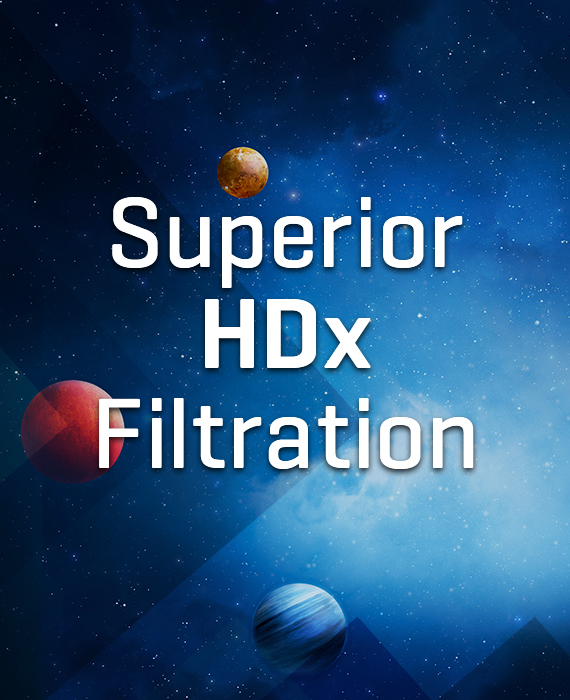Pruritus
Contact usHDx therapy delivers meaningful and relevant innovation for dialysis patients.

Expanded hemodialysis (HDx) enabled by Theranova may deliver improvement in uremic pruritus
One randomized clinical study found HDx enabled by Theranova to deliver statistically significant improvements in key aspects of patient reported uremic pruritus compared to conventional HD.1
Patient reported morning pruritus and frequency of scratching during sleep were significantly lower with HDx therapy compared to conventional hemodialysis after 12 weeks of treatment (RCT, n=49). The study reported patients treated with HDx therapy had a 21% lower mean score for morning pruritus when compared to standard HD therapy and a 75% lower mean score for frequency of scratching during sleep.1
Pruritus in HD patients was associated with a 17% higher mortality risk which may be substantially attributed to poor sleep quality.2

Innovative HDx Supports Better Patient-Reported Quality of Life
Patients on dialysis experience poor quality of life due to the symptoms of kidney failure and the physical and psychosocial burdens of their treatments.
Severe uremic pruritus may cause deteriorating quality of life and poor clinical outcomes in chronic HD patients.3,4 According to research, 42% of haemodialysis patients experience moderate to extreme pruritus.2
Severe uremic pruritus may cause a deteriorating QoL and poor clinical outcomes in chronic HD patients.3,4 Although the reason for occurence of pruritus remains unknown it is reported that there is a possible association of uremic pruritus to middle molecules such as β2-microglobulin, therefore the increased clearance of middle molecules may help reduce uremic pruritus.5

Superior HDx Filtration and Pruritus
HDx offers superior removal of large middle molecules (up to 60 kDa) that have been linked to the development of inflammation, cardiovascular disease and other dialysis-related comorbidities.6,7 Large middle molecules (25 kDa to <60 kDa) are not efficiently removed by either conventional HD or HDF modalities.8
One study, monitoring the levels of alpha-1 microglobulin (α1M 33 kDa) in patients treated with a high flux dialyzer and hemodiafiltration, suggested that reductions in α1M levels may be associated with a decrease in patient-reported burdens, including the aggravation of bone and/or joint pain, RLS and pruritus.9
Offering clinicians a simple set up on HD infrastructure, HDx therapy is enabled simply by using Theranova in HD mode.
IMPORTANT SAFETY INFORMATION
Theranova dialyzers are indicated for treatment of chronic and acute renal failure by hemodialysis.
*Do not use Theranova dialyzers in HDF or HF mode.
For safe and proper use of this device, please refer to Instructions for Use.
CE 2797